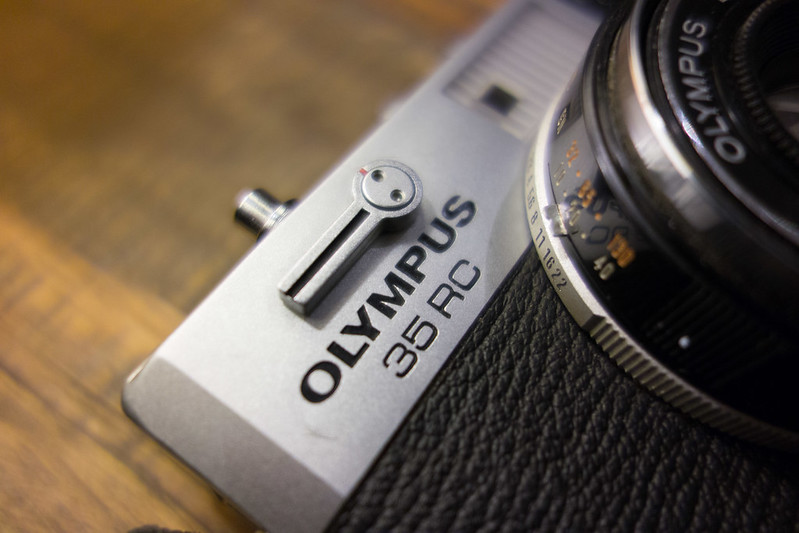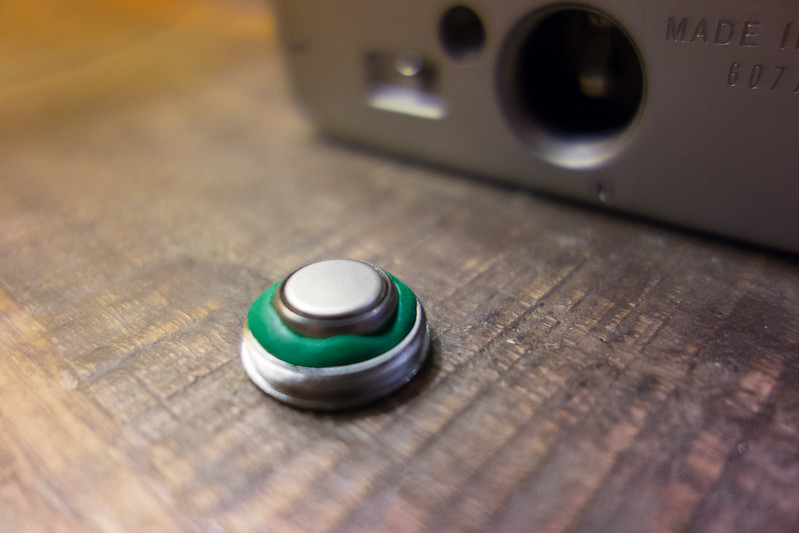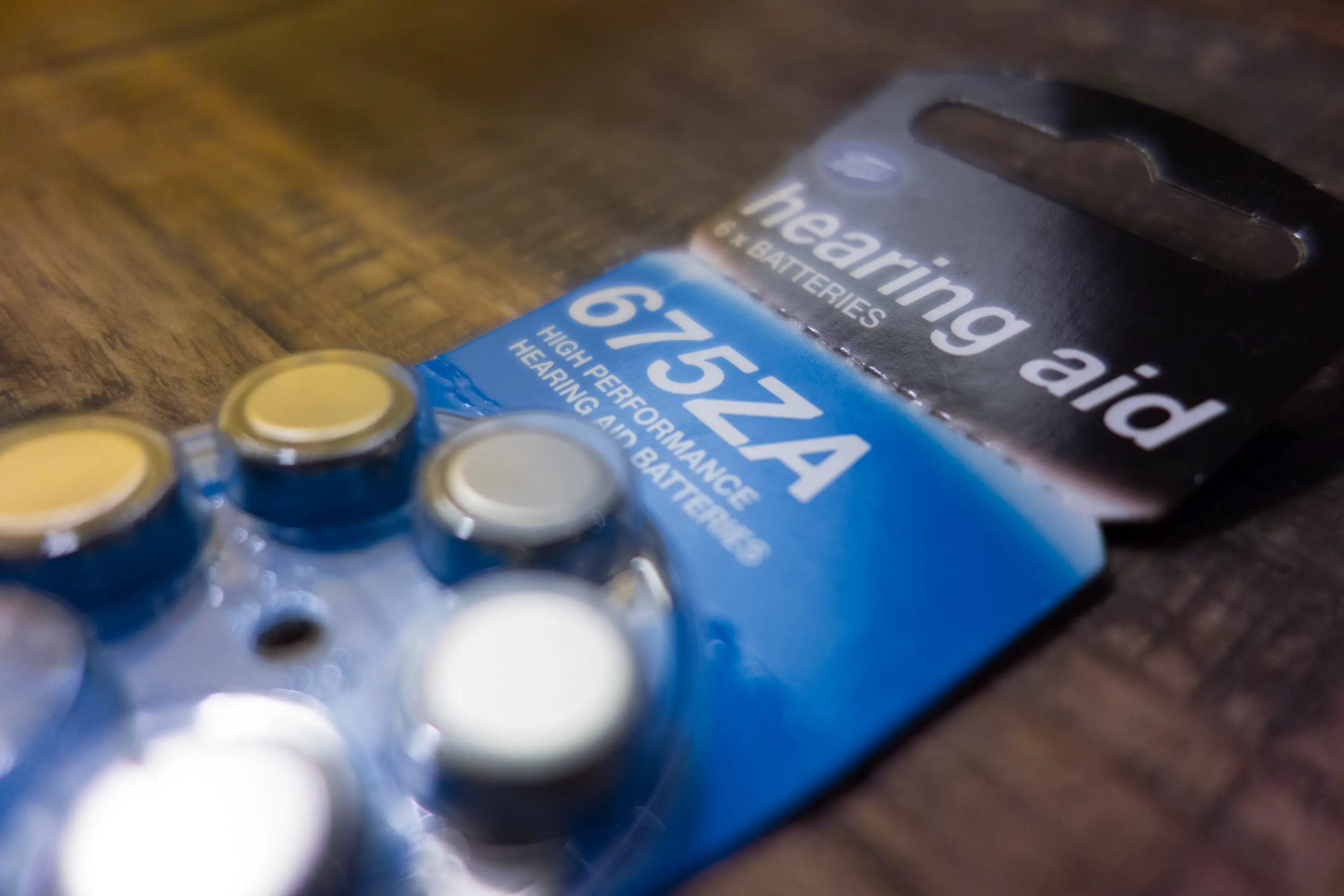The old 1.35v mercury px625 batteries are no longer available. There is a modern equivalent px625 replacement batery, made as far as I can tell exclusively by wein but they aren’t especially cheap. The advantage they do have is that they are the correct 1.35v. LR44 batteries can be used in the way I am about to describe but at 1.5+v they are often likely to throw the meter of your camera out. This can be corrected by applying exposure compensation, but that isn’t always a practical solution!

My solution to this problem, although also not 100% ideal is very cheap and provides the camera with a much closer voltage to that what is required. My Olympus 35rc appears to meter perfectly with these batteries, so if you have a camera that requires a px625 this might well be worth a go! I should add though, if you can justify the cash for a Wein cell, it is probably the best option … This is really just for the sometimes-miserly among us 🙂
It’s very simple, firstly, you want to get yourself a pack of 675ZA hearing aid batteries. Even from places like Boots they can be had for as little as £3 for a pack of six. That is in fact cheaper even than the very common LR44 batteries!
Make your self a little sausage of blu-tak, plasticine or in my case play doh (I have a 2 year old, this stuff come to hand easily) and wrap it round the very edge of the battery making sure it doesn’t intrude on the flat [+] end. Then simply place it in the battery cap.

Making sure none of your chosen malleable material is encroaching on the thread of the cap, screw it into the camera.
Job done, happy shooting!
Cheers
Hamish
(edit: since writing this I have discovered the MR-9 battery adapter)
Share this post:









Comments
The Olympus 35rc – yet another classic Oly on How to Adapt a 675za Hearing aid Battery for use as a px625 replacement
Comment posted: 12/01/2014
jojonas on How to Adapt a 675za Hearing aid Battery for use as a px625 replacement
Comment posted: 13/01/2014
Comment posted: 13/01/2014
Pete Clayton on How to Adapt a 675za Hearing aid Battery for use as a px625 replacement
Comment posted: 04/02/2016
https://sugru.com
Hope this helps :o)
Comment posted: 04/02/2016
Ron Hahn on How to Adapt a 675za Hearing aid Battery for use as a px625 replacement
Comment posted: 29/12/2016
I am curious why there are so many many posts on the Internet on how to make substitutes for the Mercury PX625 batteries. If you consider camera cost, the lifetime cost of film, chemistry, etc.. that you will pay with this camera is it important to save a couple dollars/euros/pounds on a light meter battery?
To contrast, in the last months I bought another classic that claimed to have a good PX625 battery in it. When I opened the battery compartment, I found a Chinese PX625 inside. Measuring this with my digital voltmeter, it was reading 1.55v. So not Mercury and not 1.35v either. The seller claimed the light meter was faulty and the camera was sold as-is. So I replaced this with a Wein cell and about 5-6 rolls of film later every shot perfectly exposed.
I do admire the creativity of the alternate solutions proposed above but still ask why?
Comment posted: 29/12/2016
Toby Madrigal on How to Adapt a 675za Hearing aid Battery for use as a px625 replacement
Comment posted: 31/01/2018
David Murray on How to Adapt a 675za Hearing aid Battery for use as a px625 replacement
Comment posted: 16/03/2019
Sarah on How to Adapt a 675za Hearing aid Battery for use as a px625 replacement
Comment posted: 16/08/2020